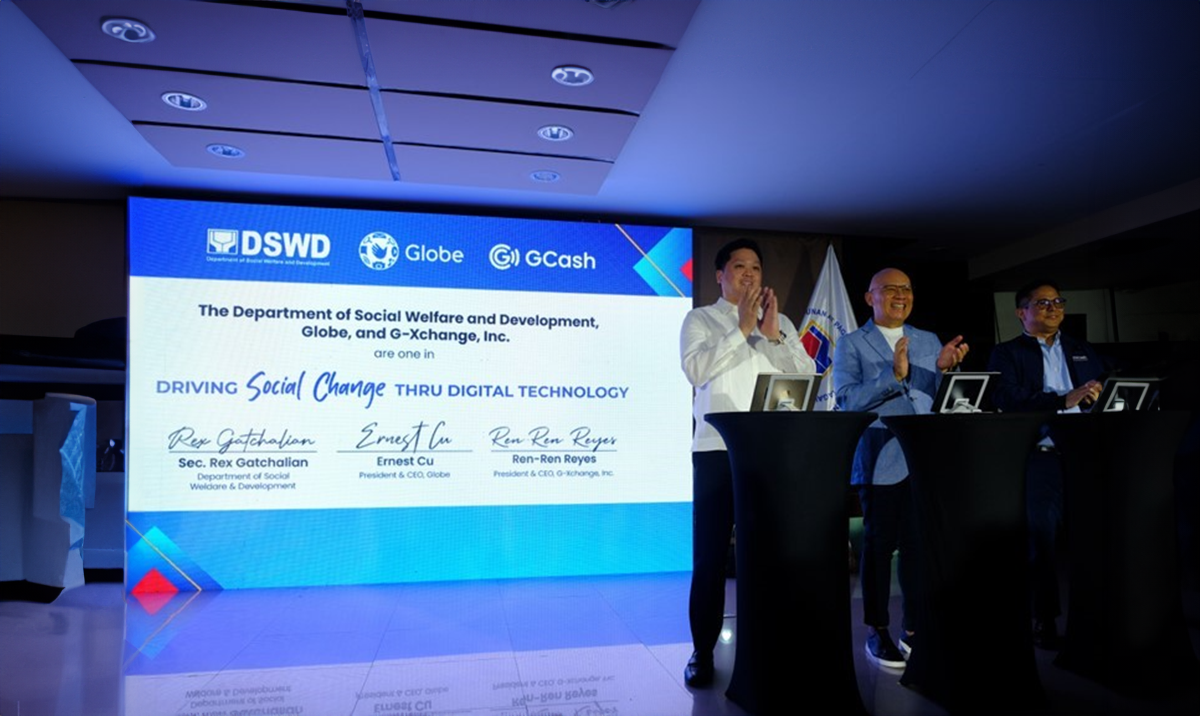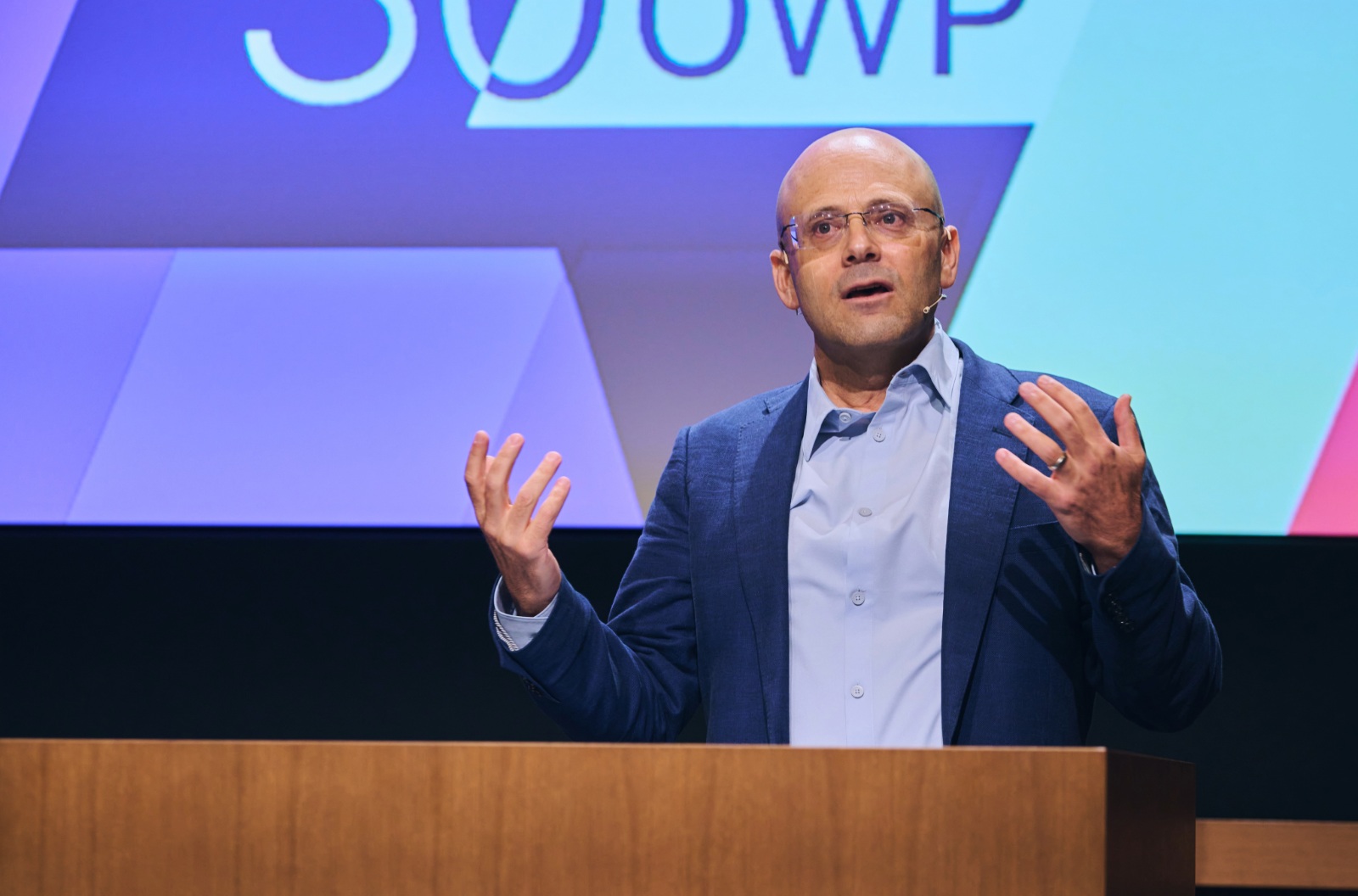At a glance
- Philippine mobile carrier Globe successfully tackled dual transformation by continually optimizing its traditional mobile business while creating a portfolio of new enterprises that delivered a wealth of digital services to a nation of 119 million people.
- Globe’s metamorphosis from a classic telco to an agile, future-ready tech company allowed it to reach sizable and underserved segments of Philippine society in fundamental areas of infrastructure including digital payments and e-health.
- Attracting and nurturing ambidextrous leadership talent, Globe redefined its purpose through successive stages of dual transformation, expanding its focus from internal culture to customer needs and, ultimately, to the imperatives of the country’s national development.
Globe Telecom, Inc., the Philippines’ No. 2 mobile carrier, began the 2010s weighed down by its legacy of state ownership, bureaucratic internal processes and a lack of customer understanding. As millions of consumers throughout the Southeast Asian country bought mobile handsets – and later, internet-connected smartphones – the company faced a host of business opportunities that demanded innovative services, delivery modes and business models. In many cases, the adoption of mobile connectivity had leapfrogged other technologies such as fixed-line phone networks. To capitalize on this wealth of opportunities, Globe had to undergo a series of successive transformations. The long-term goal was to optimize the company’s core mobile business and, in tandem, to develop and roll out new, adjacent businesses that leveraged the carrier’s network and connectivity as well as its emerging ecosystems of partnerships.
The broader issue
The Globe story is a good example of a company’s dual transformation – its commitment to defining new, innovative revenue streams without overlooking the equally pressing need to make the established business more competitive and profitable. The duality of these often-competing objectives is sometimes described as perform vs. transform, value extraction vs. value creation, or readiness for today vs. future-readiness.
Underpinning a dual transformation is an organization’s ability to support and absorb accelerated adaptation. This requires ambidextrous leaders – executives who can navigate short-term, day-to-day business demands as well as put forward novel, viable strategies that create value for customers and capture value for the company. As logical and straightforward as this sounds, few companies to date have been able to embrace this dual focus in their leadership and talent development strategies.
A new approach
Our discussions with Globe’s executives revealed that in the initial phase of the change process, the main focus was on motivating employees – from senior executives to frontline, customer-facing staff – and bringing them along on the journey. The telco had to find a way to empower its workforce to find more meaning in their day-to-day work; to feel attached to and proud of being a part of the Globe family; and to be their best selves when interacting with customers.
Empowering employees also entailed drawing on traditional Filipino cultural traits of empathy, compassion and building an instant emotional connection. Employees who felt empowered and valued could provide genuine, sincere customer service and anticipate customers’ needs in ways that were essential in the colorful, almost dizzying landscape of local mobile connectivity and digital services. Globe executives soon realized that the company’s turnaround had to be rooted in a core values approach, thus by consistently re-examining and regularly re-articulating the company’s vision and purpose.
This bottom-up, employee-driven engine of distributed leadership connected with the CEO’s entrepreneurial ethos. An empowered workforce and an energized sense of purpose enabled Globe to fully leverage its tangible as well as intangible assets – including its physical network, customer base and data, in-house talent, and reputation as a strategic and tech-savvy industry partner. Throughout the change process, Globe executives were open to ideas and influences from other domains and disciplines. As a result, its strategy partners ranged from McKinsey & Co. to renowned inspirational speaker Simon Sinek.
Did it work?
During our fieldwork, we discovered that Globe had spent several years patiently building up its credentials as a Big Tech partner, showcasing and rolling out in the local market offerings from tech giants that included Facebook and Disney. In the process – and in the spirit of transforming for tomorrow – the company had partnered with a wide array of tech suppliers and software vendors.
Globe’s commitment to technology adoption and industry collaboration saw it launch services such as the e-wallet provider GCash – a gamechanger for the millions of Philippine consumers who now owned a mobile phone but had never held a bank account or received a formal pay slip. The GCash revolution made it possible for local customers to perform financial transactions from home, gain access to novel financial products like cash lines and buy now, pay later (BNPL), and to make investments with as little as $1 in cash. Meanwhile, in the health tech space, creative partnerships with local and overseas players gave Globe the tools to penetrate entire segments of healthcare services, from telehealth to teleconsulting and patient data analytics, all the way to the physical delivery of medicines to patients. Eventually, the company founded an outfit known as 917 Ventures to more systematically nurture the startup thinking and behaviors that would help the parent company design new growth engines.
Every step of the way, Globe made a concerted effort to cultivate ambidextrous, purpose-driven leaders who were comfortable with both new ways of working and cross-functional collaboration. This talent piece of the puzzle was indispensable for Globe’s strategy of designing and rolling out digital services in health, education, finance and many other areas that could raise the quality of citizens’ lives in the Philippines.
“Only happy employees can really serve and make customers happy. We start with the employees. Engage them. We make them happy. We worked on their benefits, we worked on the facilities, we worked on ensuring that they feel valued and so on and feel empowered, we try to get them on our journey, get them passionate about it.”
– Ernest L. Cu, CEO of Globe Telecom
Reaping the benefits
By early 2016, Globe had emerged as the market leader of Philippine telecoms. In our conversations with Globe executives, they emphasized the realization that mobile data, smartphones and data services were all about customer experience. In turn, customers wanted a trusted partner who would introduce them to a richness of information that would reshape their service expectations as well as the way they managed their lives.
With time, however, Globe’s modus operandi outgrew its employees’ and customers’ individual objectives. The carrier set its sights on national aspirations with a commitment to creating what it called the Globe of Good. Its goal was to target the nation’s many unserved and underserved segments through new, differentiated products and services. Along the way, Globe managed to expand and re-articulate its corporate vision to include the imagery of “a Philippines where families’ dreams come true; businesses flourish; and the nation is admired.”
Studies by IMD have proposed that individual, team and organizational learning – especially enhanced application of learning on the job – can indeed be facilitated by engaging the wider organizational environment, weaving together a holistic perspective from different strands of knowledge, attributes and capacity. As Globe’s considerable achievements illustrate, in today’s dynamic environment, shaping new opportunities often requires disrupting existing businesses. The learning that Globe undertook has reinforced the notion that in order to remain competitive, businesses must constantly refine their existing systems while exploring new strategic opportunities to secure their futures.
This article is based on IMD case IMD-7-2426, available from The Case Centre at www.thecasecentre.org.











